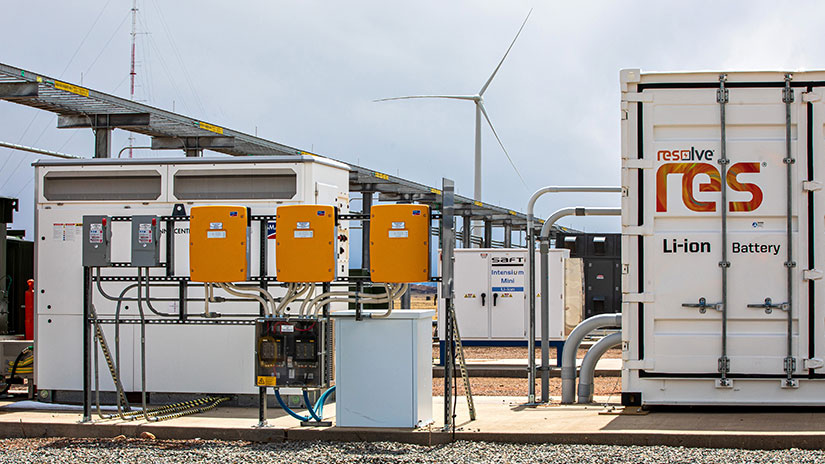Economic Analysis and Data Analytics
NLR's unique economic modeling and analysis capabilities clarify the financial impacts of wind energy technology and process innovations.

NLR steers R&D strategies by tracking and analyzing historical wind energy technology trends. The lab's engineering and cost models consider the interplay between technology innovation, system-level trade-offs, and R&D impacts, while our capacity expansion and grid operations models inform broader energy deployment and integration into the power system.
Capabilities
Techno-Economic Analysis
NLR analysts provide technological and economic analyses to address high-priority executive, congressional, industry, and senior management priorities. Our supporting economic impact research and modeling tools provide the industry with information on costs, benefits, risks, uncertainties, and timeframes related to the development and operation of wind energy in the United States.
Capabilities include:
- Historical market and technology trends
- Technology innovation and system design, optimization, and cost analyses
- Plant innovation impacts at regional and continental scales
- Workforce estimation.
Digitalization, Artificial Intelligence, and Machine Learning
NLR aims to realize new levels of efficiency, accuracy, and cost reductions by applying data-driven technological developments in artificial intelligence and machine learning to keep the United States competitive globally. These advances are made possible by widespread digitization, Internet of Things, data science tools, and open data management. Our team supports partners with high-performance computing and onsite meteorological towers and turbines to evaluate Internet of Things integrations, edge-computing techniques, and other Industry 4.0 technologies.
Capabilities include:
- Machine learning and artificial intelligence
- Open-source big data management and analytics
- Statistics and visualization
- Instrumentation and Internet of Things deployments.
Integration With the Grid
NLR researchers develop and apply advanced capacity expansion and production cost models to study the potential for, and impact of, integrating large-scale energy resources onto the U.S. electric power grid. They also assess the economics of wind energy providing a suite of grid services—capacity, energy, operating reserves, and essential reliability services—needed for a reliable power supply to meet growing American demand.
Capabilities include:
- Capacity expansion modeling
- Production cost simulations
- Probabilistic resource adequacy analyses
- Grid integration.
Co-Use and Spatial Analysis
NLR is building new geospatial modeling capabilities for energy potential that consider emerging turbine technologies, provide higher-fidelity characterizations of deployment opportunities, and account for various location-based challenges.
Capabilities include:
- Spatial statistical analyses
- Techno-economic supply curve modeling
- Spatiotemporal, big data, high-performance computing, and machine learning
- Visualization and mapping
- Machine learning for spatial prediction and ordinance collection
- State and local opportunities and impacts.
Projects
Each year, NLR produces a review of representative utility-scale and distributed wind energy projects to estimate the levelized cost of energy for wind power plants in the United States.
NLR's Distributed Wind Energy Futures Study is a regularly updated data product supporting geospatial analysis that informs power plant developers, grid planners, utilities, policymakers, community decision makers, and landowners about opportunities to use U.S. distributed wind energy to support their needs.
Resources and Tools
Distributed Generation Market Demand (dGen™) Model
Community Benefits Guide (WINDExchange Guide)
REopt® Techno-Economic Decision-Support Platform To Optimize Energy Systems
Land-Based Wind Energy Economic Development Guide (WINDExchange Guide)
System Advisor Model™ (SAM) for Techno-Economic Analysis of Energy Technologies
Explore all of NLR’s wind energy facilities and data and tools.
Partner With Us
Learn more about how to work with us.
Contact
Share
Last Updated Dec. 30, 2025
